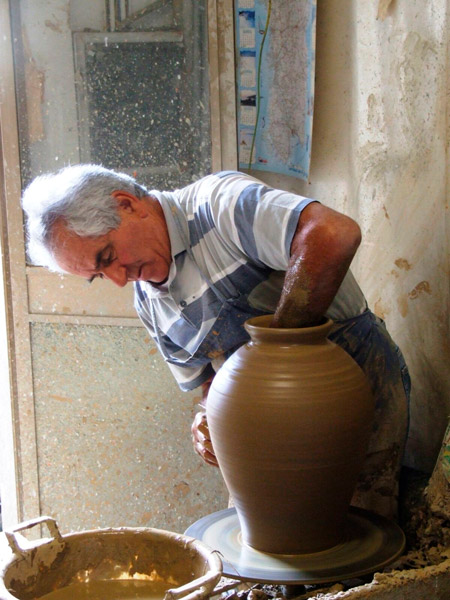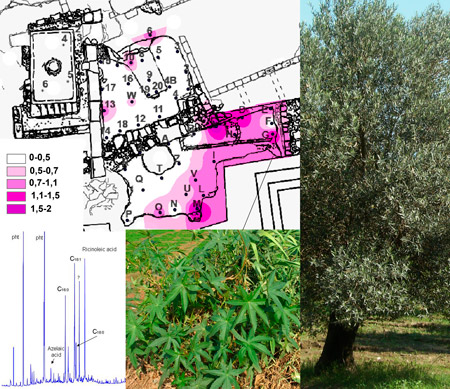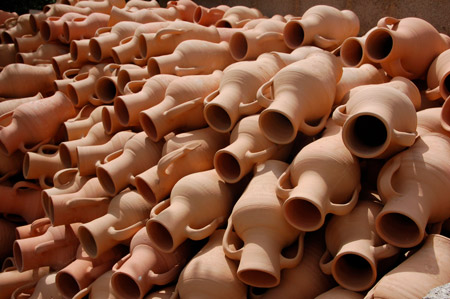

 Ethnoarchaeological studies are now well established in archaeological research that has made important contributions to our understanding of ceramic production at each stage of the operational sequence or 'chaîne opératoire', from the selection of raw materials to the finished artifacts.
Ethnoarchaeological studies are now well established in archaeological research that has made important contributions to our understanding of ceramic production at each stage of the operational sequence or 'chaîne opératoire', from the selection of raw materials to the finished artifacts.
The application of analytical techniques in ethnoarchaeological cases is also increasing. The term proposed for this latter approach is ethnoarchaeometry.
Applying archeometry on ethnographic cases helps to test the assumptions and methods employed in analytical studies. Studying traditional ceramic making communities is especially important in the case of the province and technology of ancient materials. Especially, if it is complemented with an extended raw material study that involves the samples and the analysis of possible clayey sources for archaeological material too. At the same time observing traditional food processing in modern societies is very helpful for the study of organic waste in materials or in the study of the use of natural resources of the environment (such as vegetation or agricultural activities and livestock).
The ERAAUB has an interest in ethnoarchaeology and ethnoarchaeometry for a variety of themes. We have applied these studies on modern pottery-making communities to study all the stages involved in the production process, the compositional variation and the raw materials and artifacts (Sardinia, Balearic Islands, Iberian Peninsula). We have also used this approach to study traditional production of foodstuffs such as olive oil, wine, cheese or mastic oil. We also applied these techniques for the study of markers of human activities in soils, fires, and in paleovegetation reconstruction and for creating plant reference collections.



